It can be hard to find the time to keep up with all the canning, preserving, and homemade product-making that we want to do during the gardening season.

There’s a lot to do in those long summer days! And still, not enough time to do it!
Jump to:
How Full is Your Freezer?
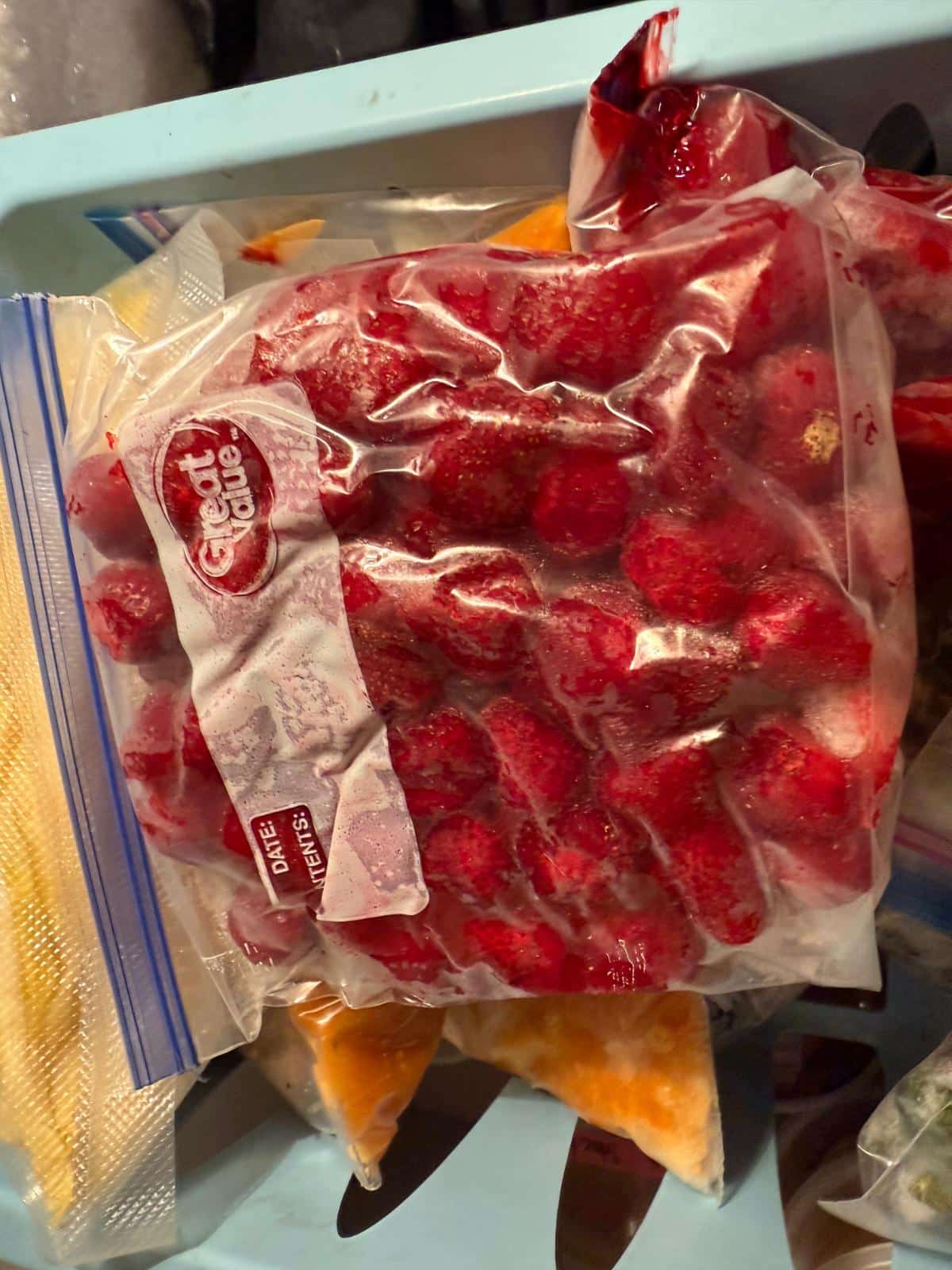
A good way to manage the situation is by freezing fruits and vegetables instead. Freezing is a good way to preserve fresh foods that we grow, and it takes much less time than full canning or preserving, especially for things like fruits and berries.
Often, the problem becomes that we then find ourselves with a freezer full of good, homegrown food and not enough uses for it.
The good news is that canning and preserving you didn’t have time for last growing season can still be done. There are a lot of preserves that you can make with frozen fruits and vegetables!
Time to Think About Clearing Out for the Next Harvest
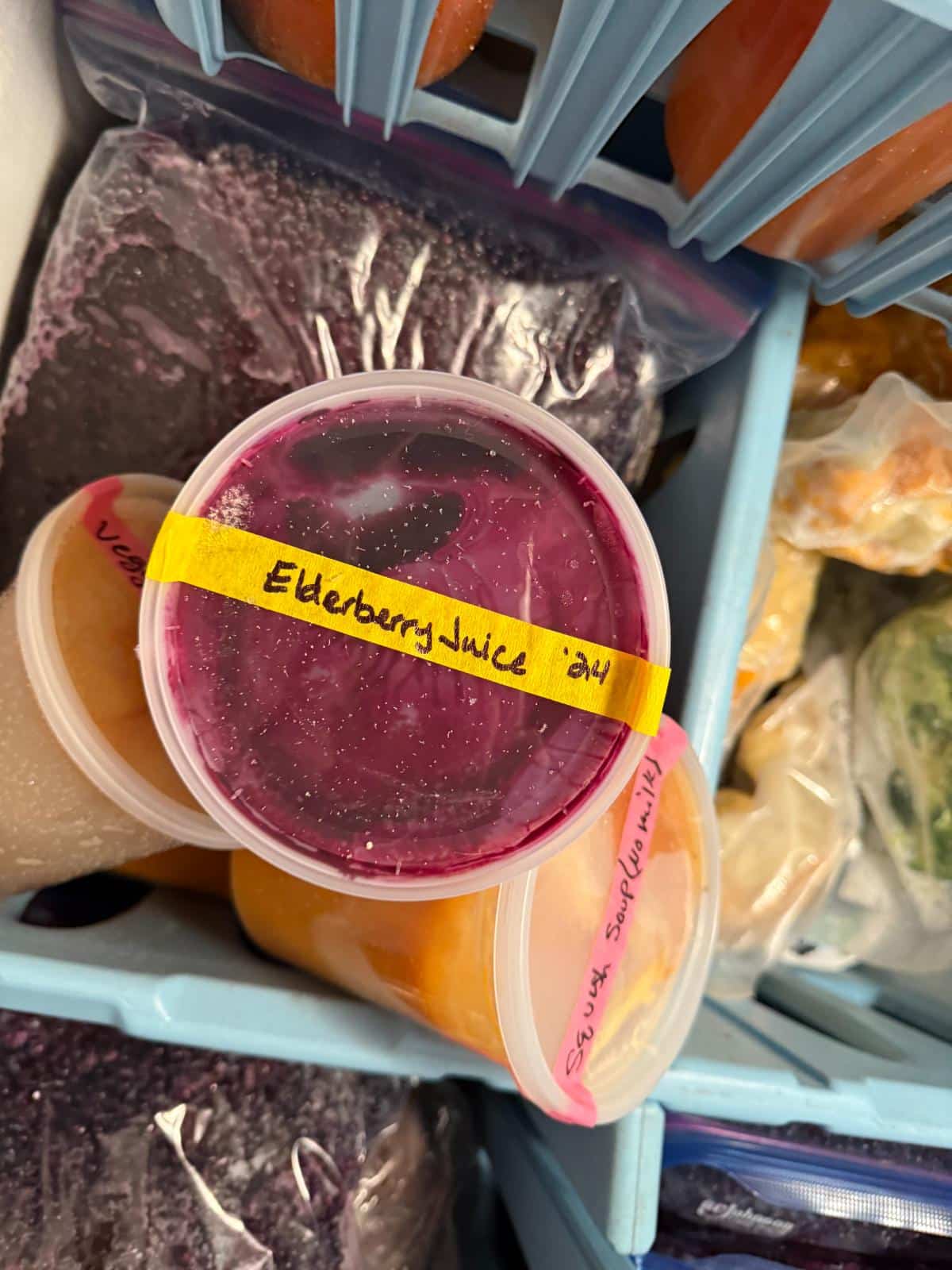
The time to think about clearing out and making room for the next harvest is in between harvests. Fall, winter, and early spring -- before the gardening gets going in earnest -- are excellent times to do this.
There’s simply more time to take on larger canning and preserving tasks in the down days of the off-season.
By looking at your stock and turning it into new foods and products, you can consolidate the contents. That will free up a lot of space in your freezer before the next garden season (even if you end up refreezing the new things you’ve made).
This will also give you more ready-to-use and convenient items, which will be easy for you to use on busy days and nights.
Of course, there are a lot of things you can make that will get those foods out of your freezer completely.
For example, those tomatoes can be made into tomato sauce or soup base, which can then be canned and are then shelf stable and ready to use.
Dehydrating fruits and vegetables can reduce them in size to 25% or less than the original volume. Powders take up even less space. You can easily free up several square feet of space and end up with just one or two bulk jars of dried goods or powders.
Then, you can start using more of what you have and make room for the next fresh harvest, creating a rotation of high-quality homegrown and homemade products.
How to Use Previously Frozen Fruits and Vegetables for New Preserves and Products
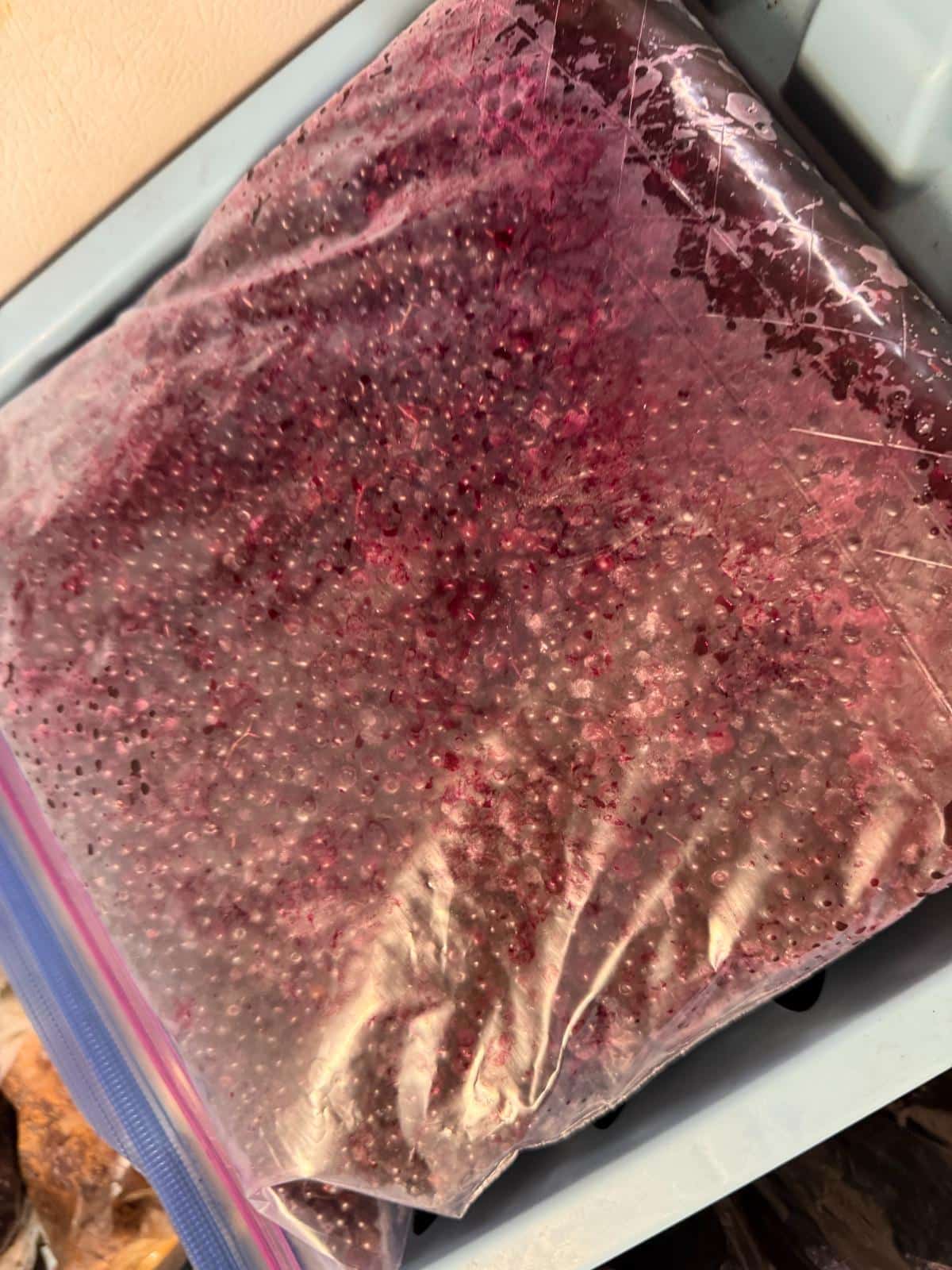
While there are some limits to what you can do with fruits and vegetables that you have frozen before, there are a lot of possibilities, too.
You shouldn’t try to make canned whole fruits and vegetables from produce that has been previously frozen. A good rule of thumb is that whatever you are making should require at least one more cooking or preparation step.
For example, dehydrating or cooking into a mixed or entirely new product. The process of dehydrating or cooking into a new food or a preserve like a sauce, syrup, jam, or jelly would be your additional step.
If you think of it in these terms, as in needing to perform an additional duty, then you can see how the options open up.
For most cooked products, you can use the product straight from frozen, without thawing, and without draining (which will preserve more flavor, too).
For dried products, you should thaw the produce in a strainer and strain off the liquid that comes out. Do not press excess liquid from the product, but do allow what frees up in the thawing process to run off.
You can even use this strained juice for other products. For example, you might thaw berries for dehydrating and reserve the juice for a nice berry jelly!
20 Things You Can Make from Foods in Your Freezer
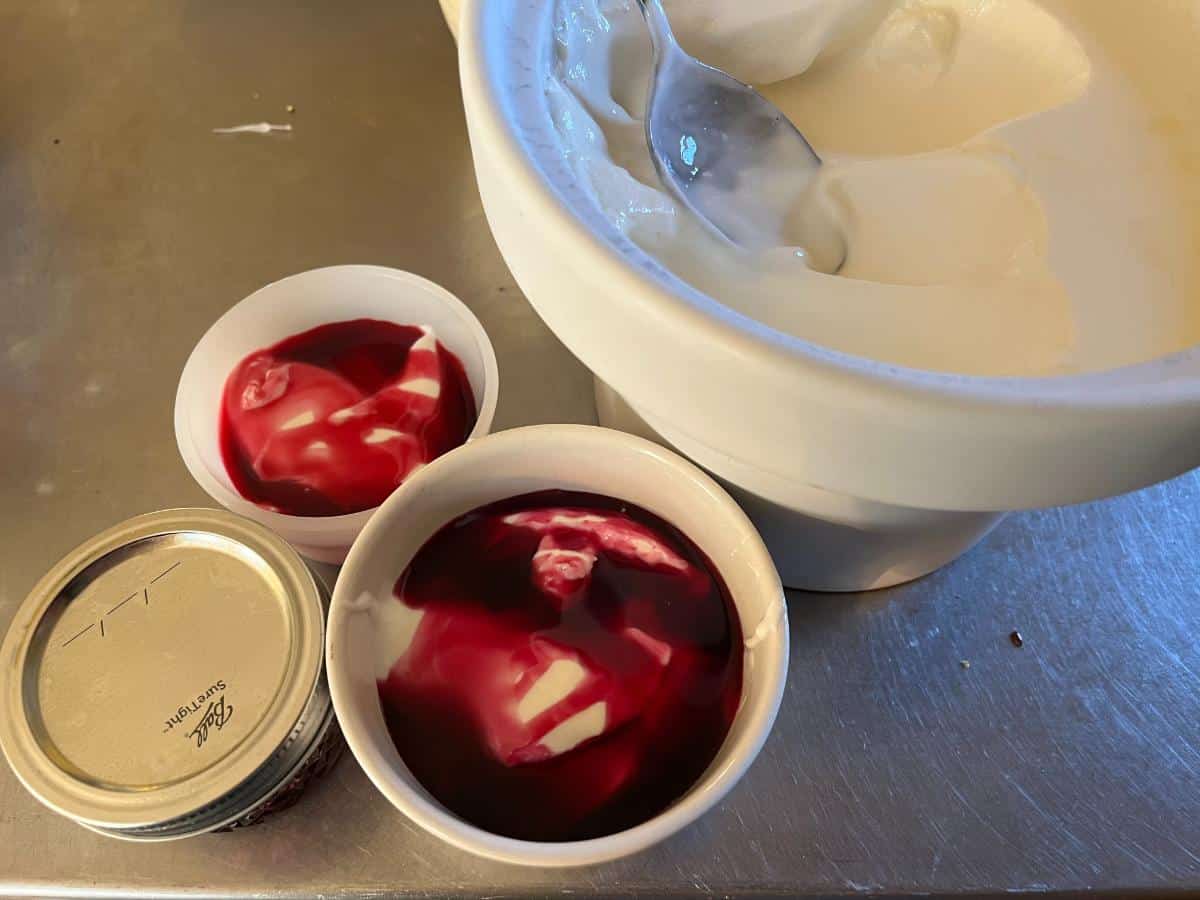
When you put your mind to it, you’ll probably find that there are many more preserves and products that you can make from your previously frozen harvest. And of these, endless varieties and flavor combinations!
To get the productive preserving juices flowing, here are 20 examples of things you can make from produce you put in your freezer:
- Jams
- Jellies
- Canned products like soup bases
- Sauces, including tomato sauces
- Canned pie fillings
- Jellied sauces such as cranberry sauce (cranberry products of all sorts do very well from frozen berries!)
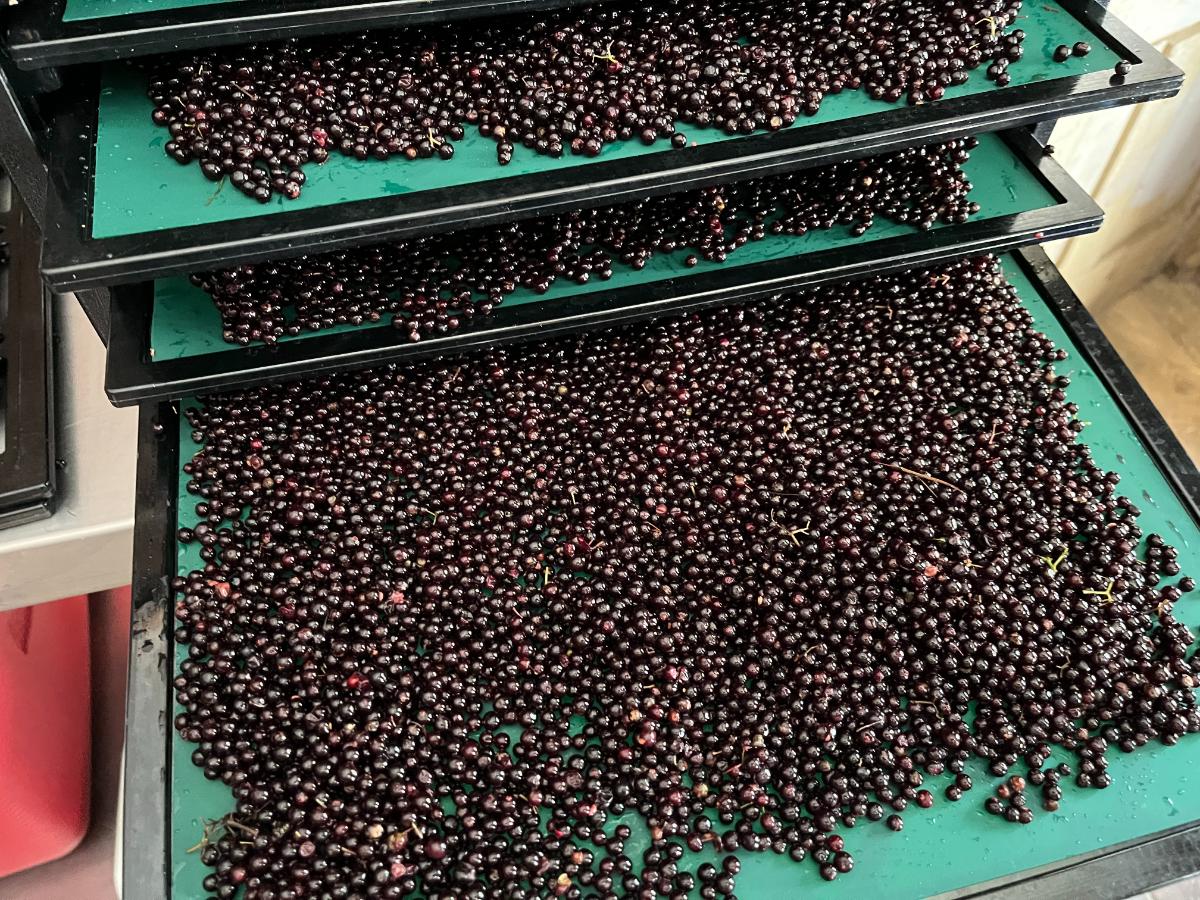
- Dried or dehydrated berries
- Dried fruits or berries to put into premade baking mixes
- Dried vegetables from blanched and frozen vegetables (broccoli, peas, squash, and corn are surprisingly good as dried products!)
- Powders from dehydrated foods (such as super greens powder, mushroom powder, strawberry powder)
- Tea mixes from dried fruits and berries
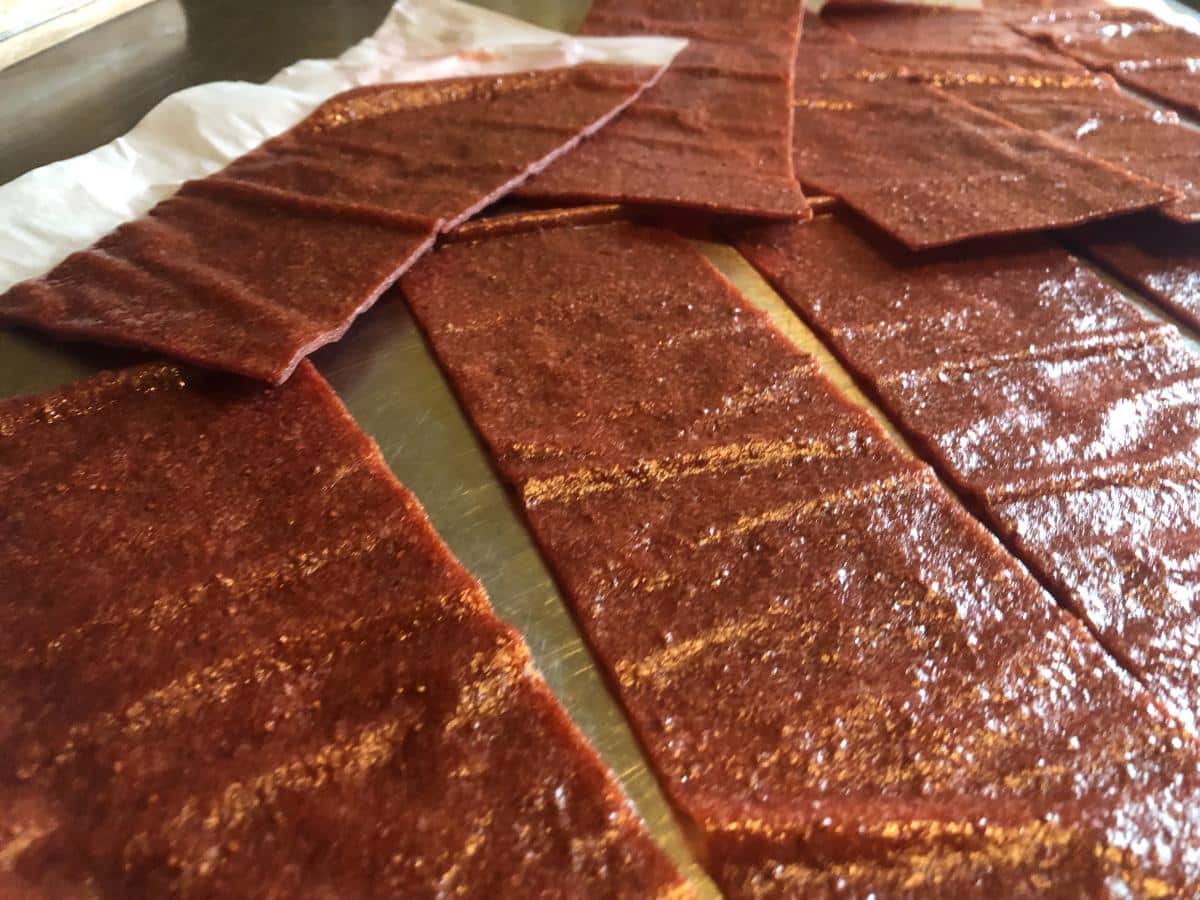
- Fruit leathers
- Other full dish preparations for the freezer for meal prepping (like soups, stews, pot pies, and casseroles)
- Fruit juices
- Wine
- Fruit syrups
- Vegetable juices (like tomato juice)
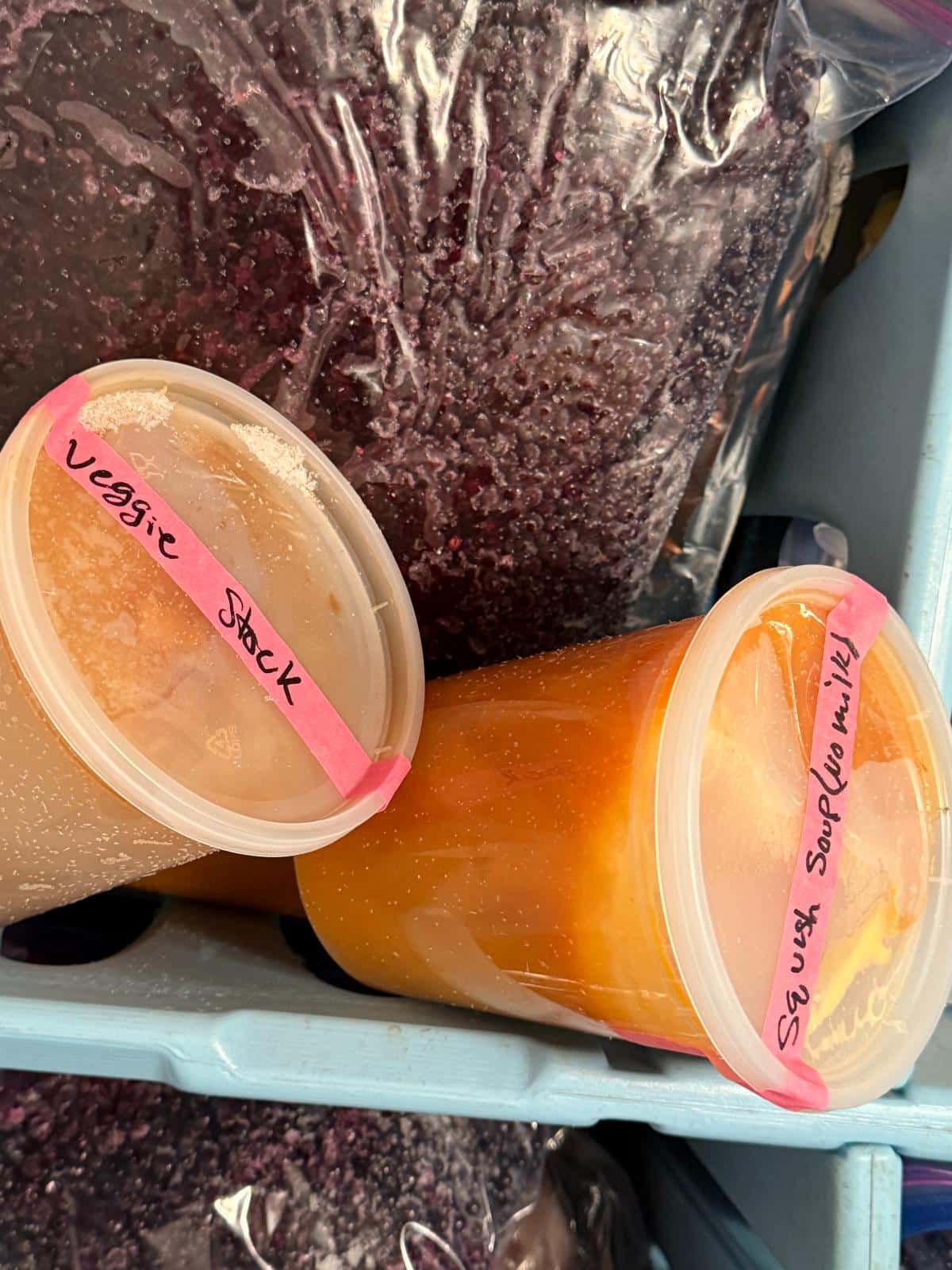
- Vegetable stock
- Soup bases
- Mocktail or cocktail mixes
Make the Best Use of Summer Harvests by Planning for Off-Season Preserving
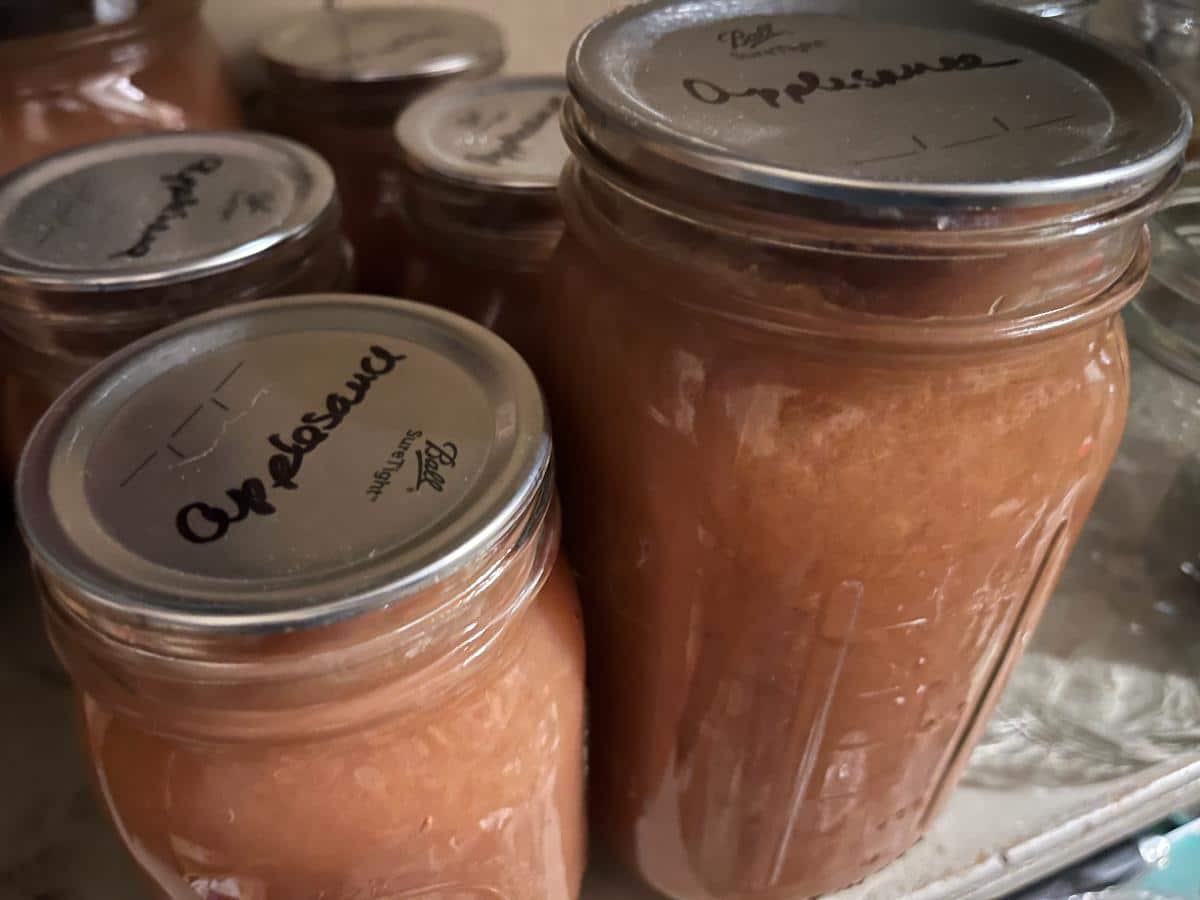
When the garden season is at its height, it’s easy to be overwhelmed. This can even lead to feelings of helplessness and to thoughts of giving up on gardening.
If we change the way (and timing) of how we think about preserving, we can free up time during the busy growing season, letting the work of the preserve production wait for calmer, quieter days.
Think about this as you start looking ahead to your next garden season, too. You may just find that adopting some or all of a “preserve later” practice is what it takes to help you strike a balance and make the most of your garden time and homegrown goodness!

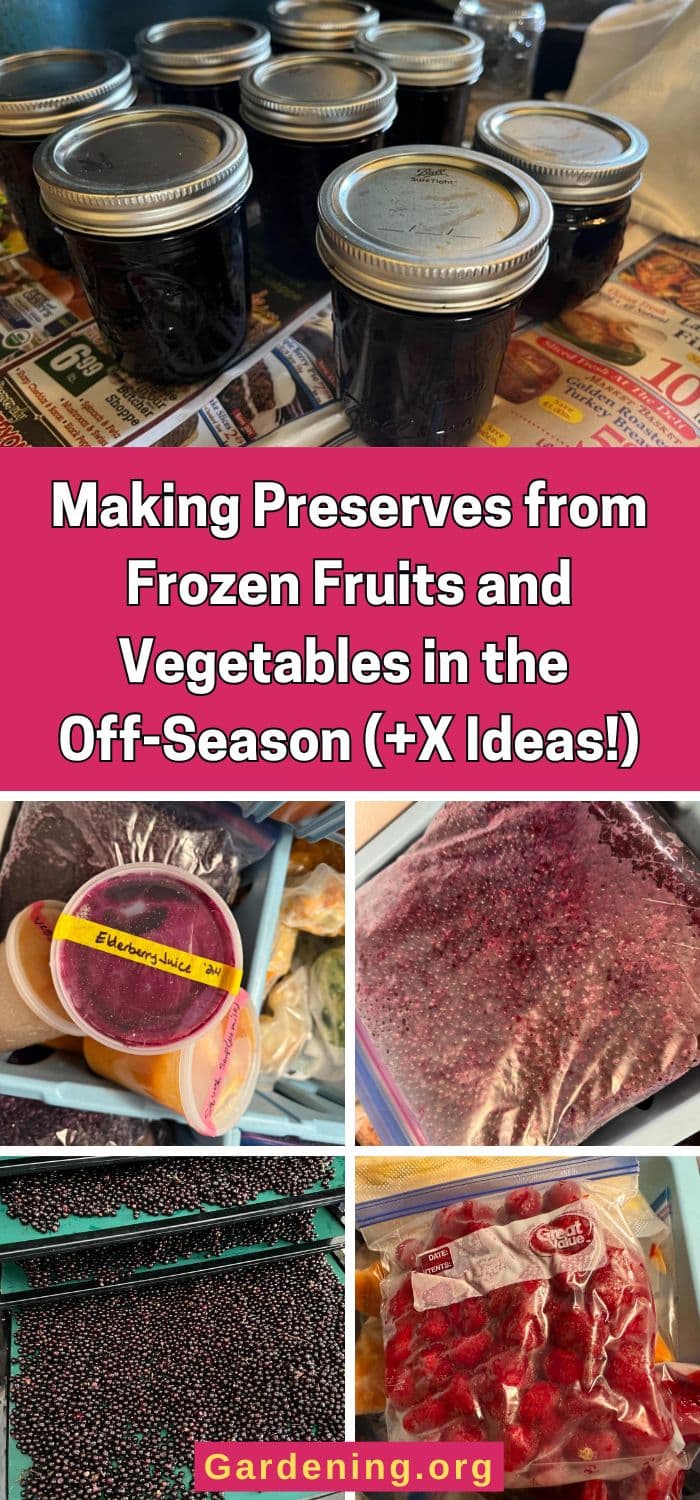
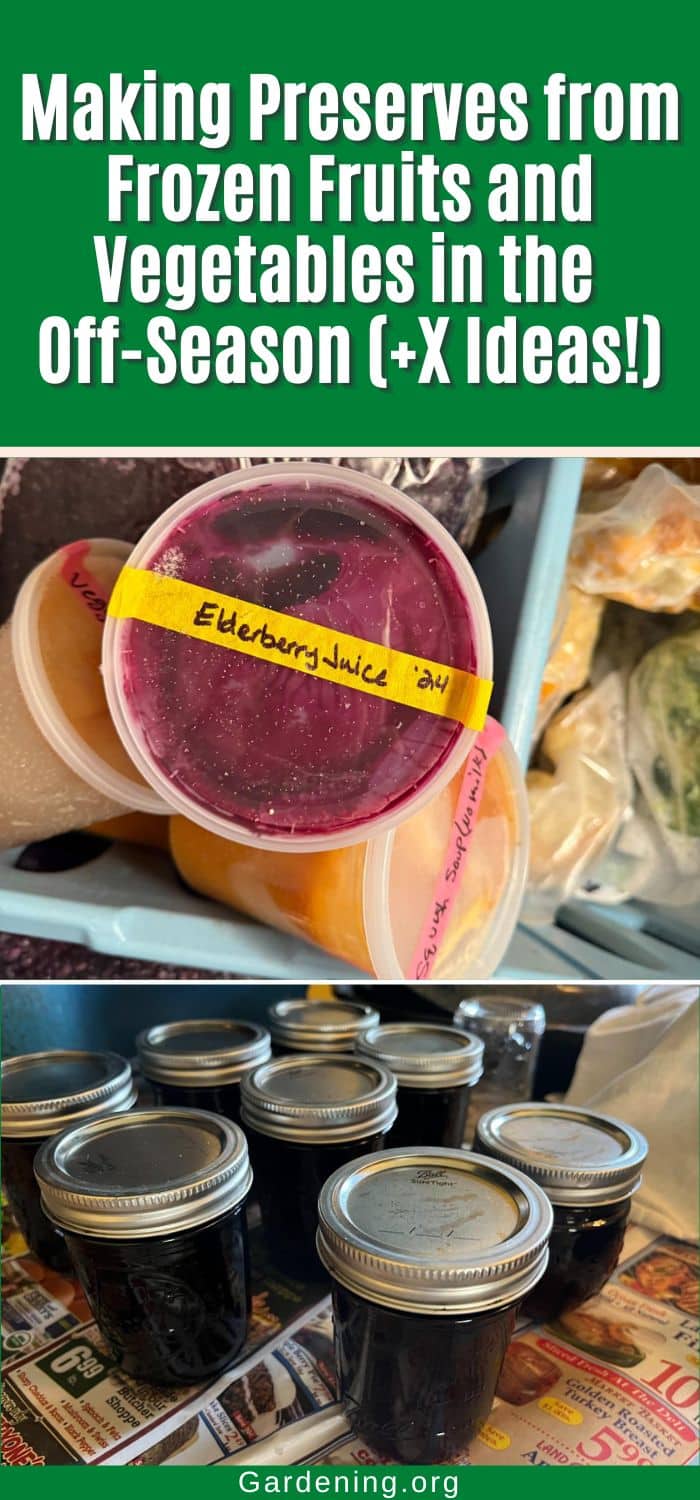
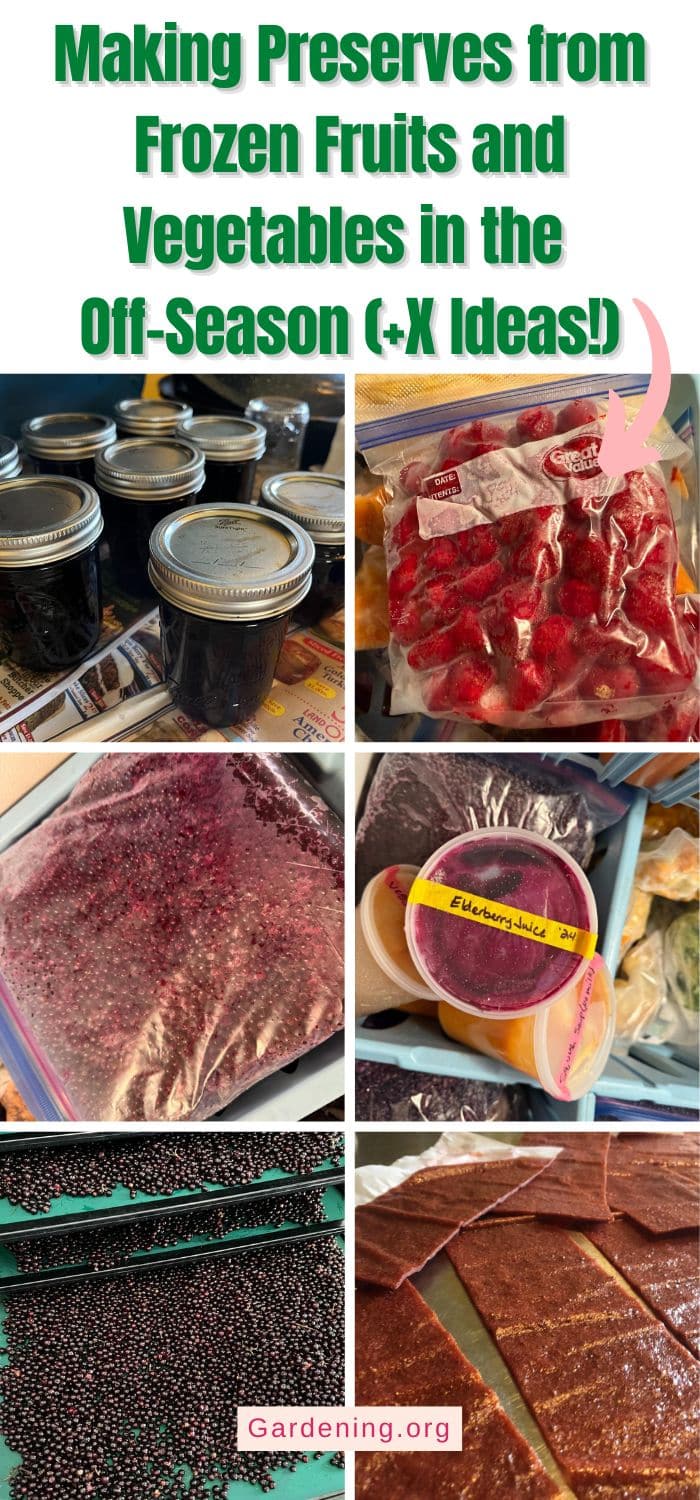
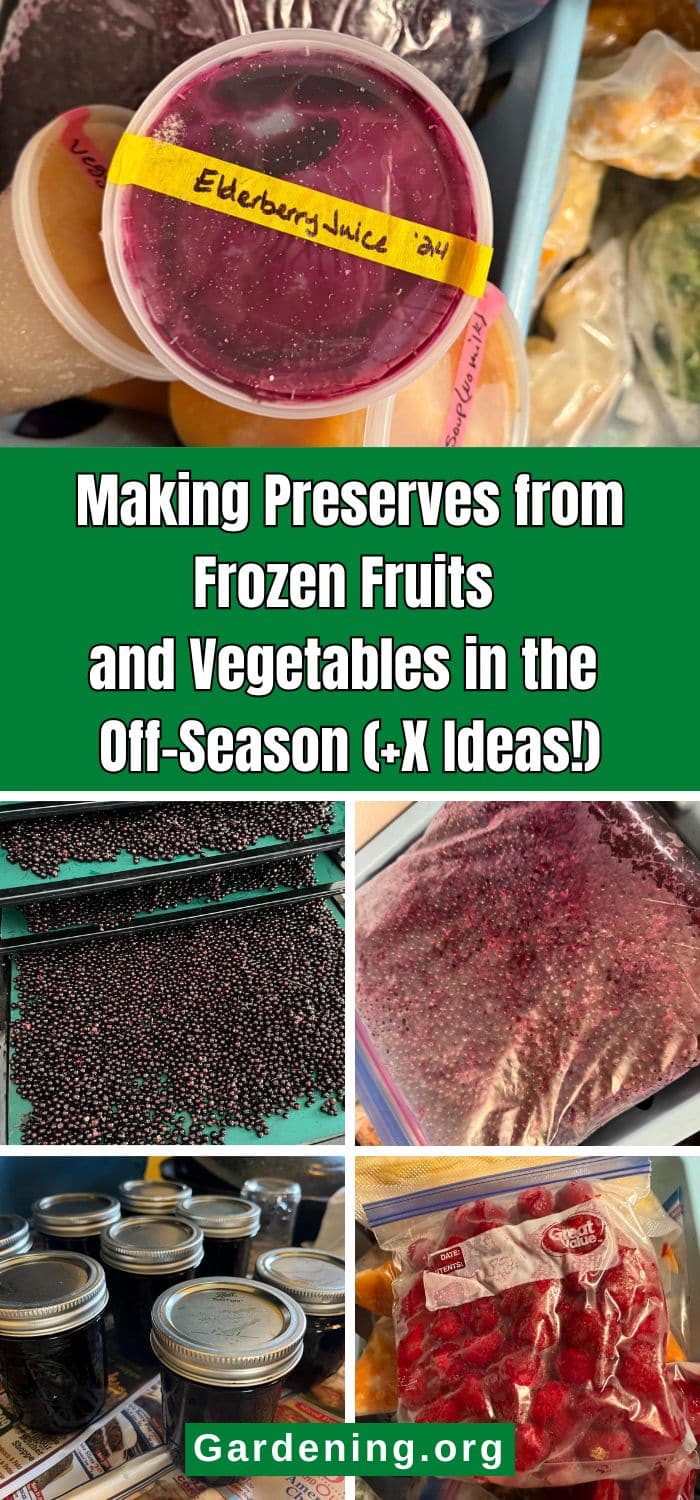

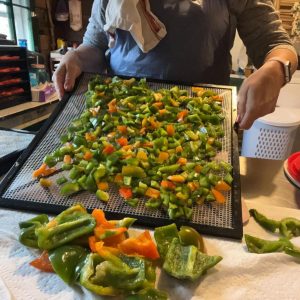
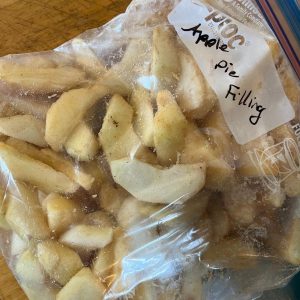
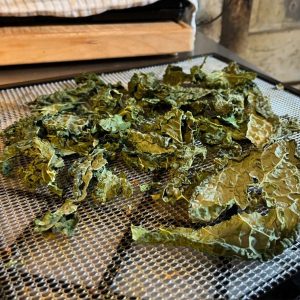
Leave a Reply